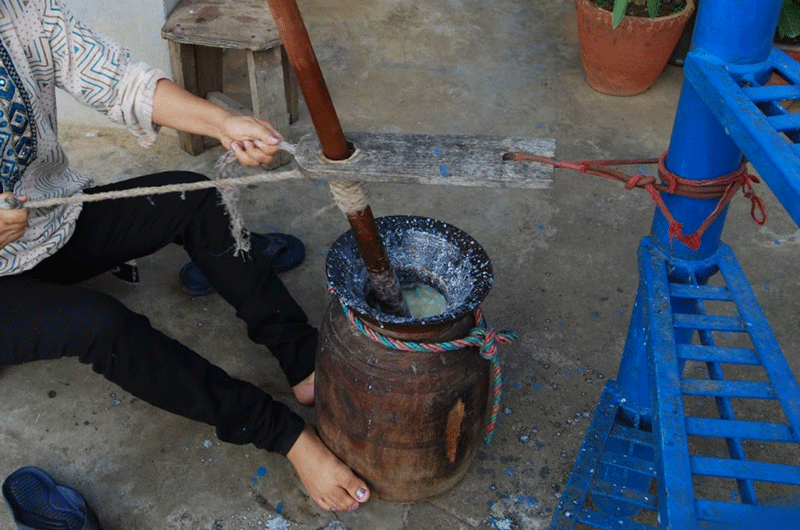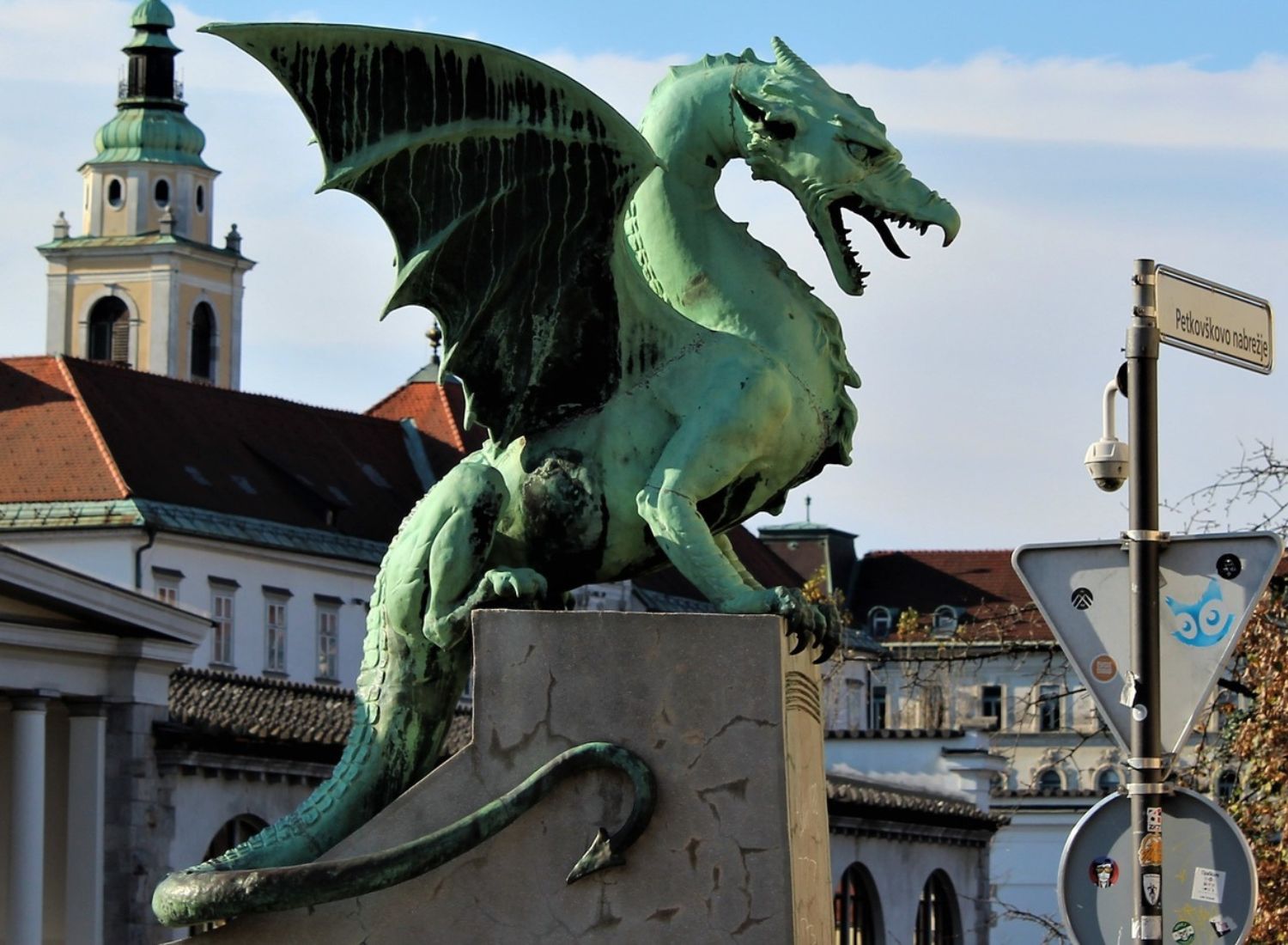Let’s Explore The Creation And History Of Butter

Butter is a solid pale yellow or white emulsion of fat, water and air made by the churning of milk or cream. It is generally used as a spread or while cooking or baking.
The word butter is derived from Bou-Tyron which means ‘cow cheese’ in Greek. In simple terms, butter is something that is created out of milk fat.
Today, there is a wide variety of butter available in the market from cultured butter to sweet cream butter, to raw butter and many more.

The history of butter dates back 10,000 years to the time when our ancestors first started domesticating animals for personal or business purposes. From there to here, butter has truly evolved from an easy spread to a mouth-watering enhancer in many dishes. It is a go-to topping for several snacks.
Several studies suggest that it was initially considered divine as it was used for certain religious ceremonies.
The classic history of Butter

The origin of Butter was first documented in Europe and the Mediterranean. Meanwhile, somewhere in Rome, Butter was used as a medicine for a cough and a spread to be applied on aching joints. Butter is also considered as a ‘Food for joy and celebration’ because as mentioned in the Bible. Abraham and Sarah offered the angels meat, milk and creamy yellow butter.
In India, Hindus consider Butter as something healthy, pure and sacred because they offer their gods and goddesses tins full of Ghee (liquid butter) during some religious ceremonies and also use Ghee as a flammable liquid (instead of wax) for their candles.

As soon as people begin taming cattle, several useful dairy products came into being. Butter was created by the Nomads in the Middle-East who begin collecting milk from sheep and goats. Then they separated the cream from the milk and constantly churned the cream until it turned to butter.
It is said that these nomads discovered butter purely by chance but today, Butter Industry has successfully established a firm foothold in our lives.
Some of the unknown facts attached to the history of butter are –

- The people of Rome and Greece used butter as a cosmetic; they not only used it to apply it on their skin to make it more soft and supple but also used it in their hair to make it more smooth, shiny and lustrous.
- Earlier butter was costlier as it was only used in religious celebrations or during festival feast.
- The color of butter depends on the diet of the cow whose milk you are using to make butter.
- India is one of the largest producers of butter in the world. Ghee is also known as liquid butter or is called clarified butter.
- Butter was believed as a sign of prosperity and fertility. Hence, as part of an old English custom, the newlyweds were presented with a pot filled with creamy butter.
- Earlier butter was abundant, so it was also used to fuel lanterns.
The Making of Butter

When butter was traditionally made, the milk was allowed to sit in for a while; the cream was separated from the milk and transferred into a vessel which was later churned by shaking or beating it vigorously until it thickens and forms a creamy texture. It is then washed and given a solid shape.
The Butter-making knowledge and experience gained over the years and also the advancement in machinery has improved the processing of butter and has made it more hygienic.
Read more – The invention of your favourite snack – Pani Puri



